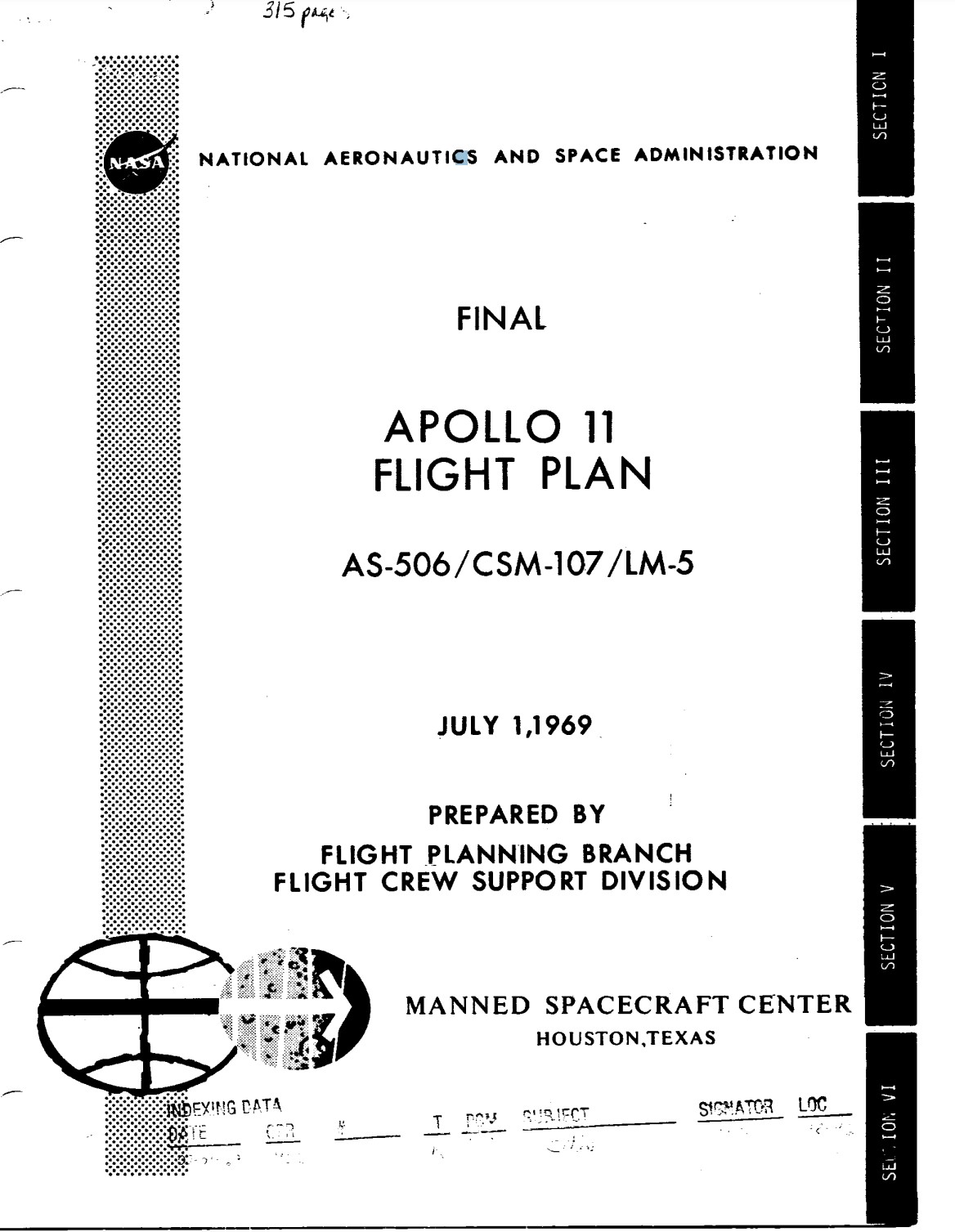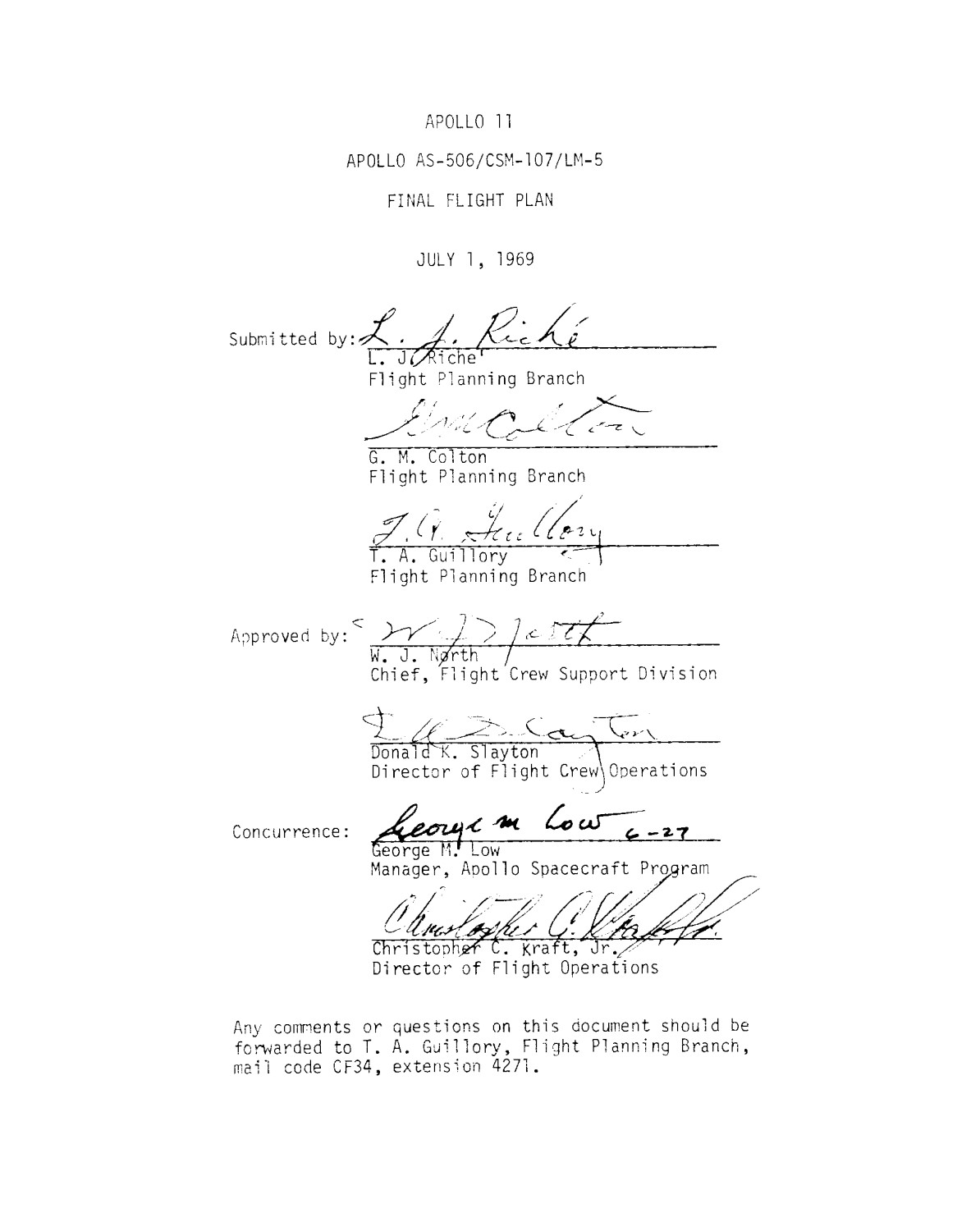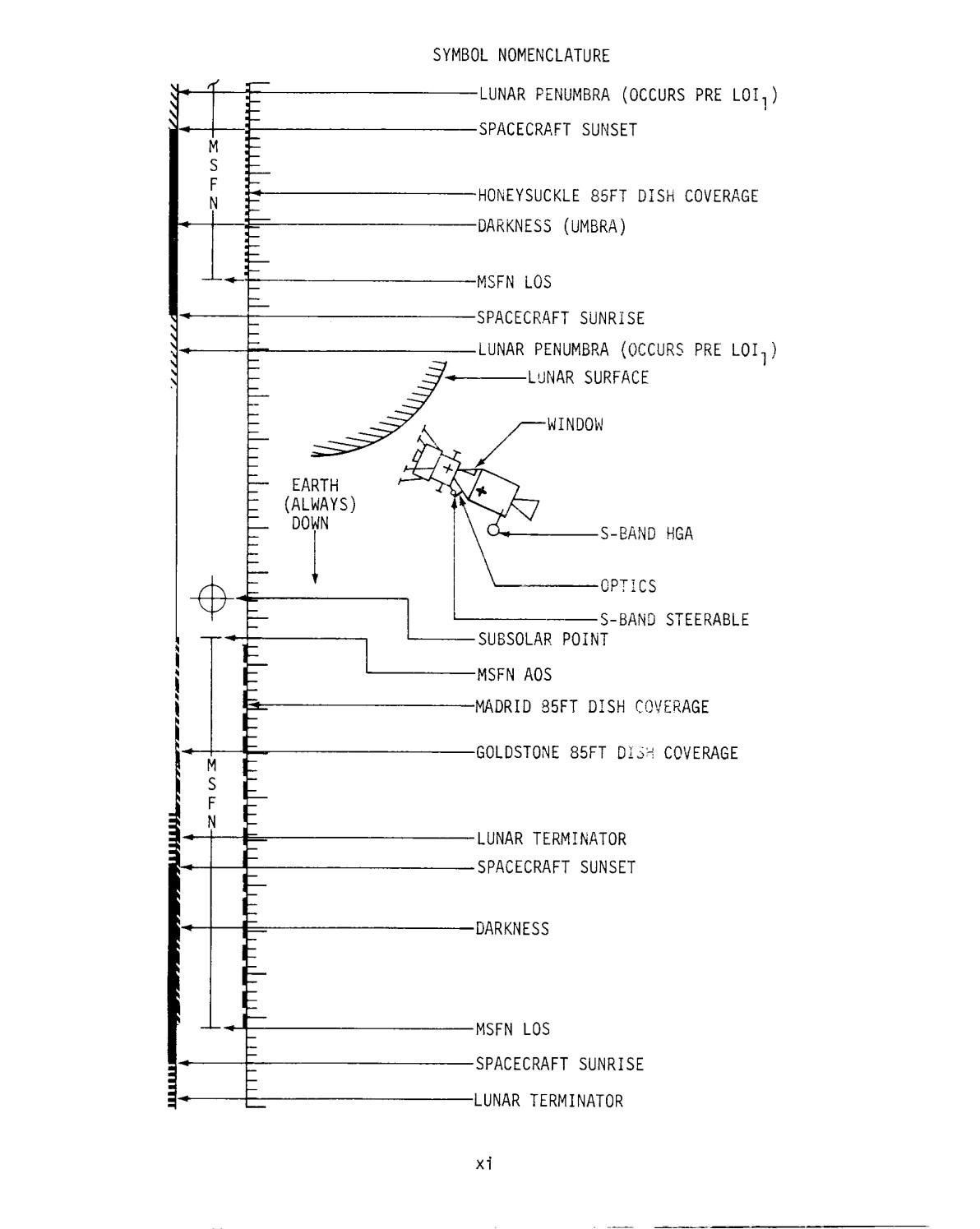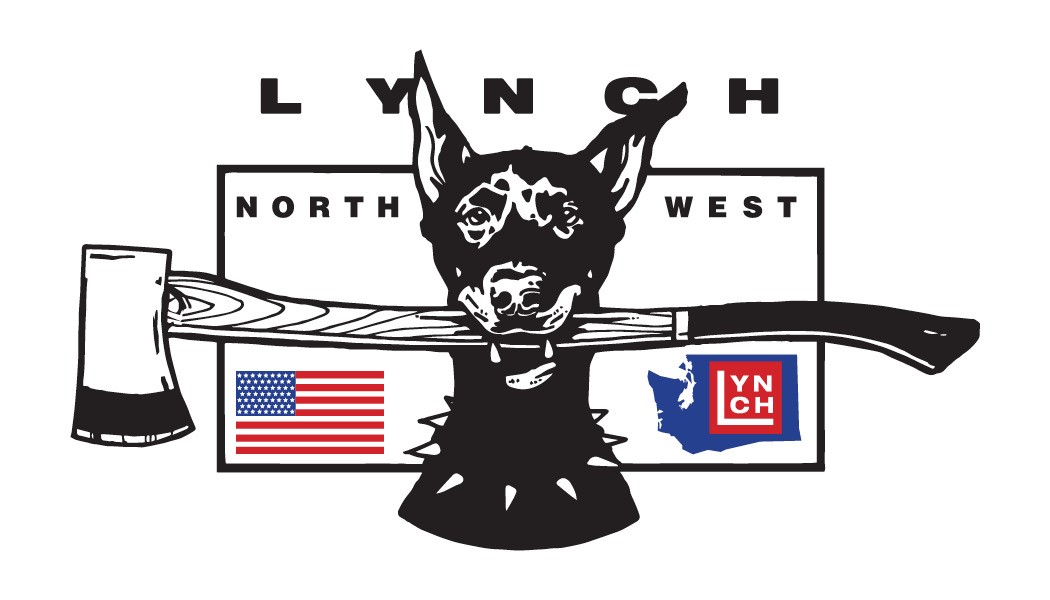In the summer of 1969, the world gazed upon an extraordinary plan that would redefine the limits of human endeavor. This plan, designed by brilliant minds at NASA, was more than just a technical blueprint - it was the embodiment of mankind's dream of reaching the stars. This plan was called Apollo 11.
The dream and the preparation
The journey began not with the firing of engines, but in the quiet offices and laboratories where engineers and scientists worked tirelessly to consider every imponderable. The plan, as detailed and meticulous as possible, was at the heart of the mission. Every step, every calculation was of enormous importance.
The launch: the big step into the unknown
On July 16, 1969, under the brilliant skies of Cape Canaveral, the Saturn V rocket lifted off. With a thunderous roar, it broke through the Earth's atmosphere, carried by the carefully prepared plan. On board were the astronauts Neil Armstrong, Buzz Aldrin and Michael Collins, the protagonists of an epic journey.
The path to the moon: a precise choreography
In space, the plan was the only guide. Every single step was minutely planned: the transfer into lunar orbit, the separation of the lunar module Eagle from the command module Columbia, and the careful landing on the unknown terrain of the moon. As the Eagle approaches the moon, the plan is followed down to the smallest detail to ensure the safety and success of the mission.
The Landing: One Small Step for a Man
On July 20, 1969, the plan finally became a reality. "The Eagle has landed," Armstrong announced as the lunar module Eagle touched down safely on the surface of the moon. The world held its breath as Neil Armstrong descended the ladder and spoke the first words to be engraved in history: "One small step for a man, but one giant leap for mankind."
The stay on the moon: exploring and collecting
The astronauts spent hours on the lunar surface, with the plan guiding their actions. They collected rock samples, used scientific instruments and documented their activities. Every step and action was a testament to the careful planning and preparation that made the mission possible.
The Return: Coming Home from the Stars
The flight back to Earth was equally critical. The plan called for the lunar module to ascend back to the command module, where Collins waited patiently. After a successful reunion, the journey back to Earth began. On July 24, 1969, they landed safely in the Pacific Ocean, welcomed by a jubilant humanity.
The Plan: The Legacy
The Apollo 11 plan was more than just a feat of engineering. It was a symbol of the collective effort and the tireless will of mankind to explore the unknown. Every stage of the mission, every detail of the plan, tells the story of an extraordinary triumph and the unwavering belief in what we can achieve together.
Apollo 11 remains a testament to the fact that when humanity has a clear plan, no frontier is too far. The plan of Apollo 11 was the map to the stars, and the people who followed it are the heroes who paved the way.


































